The Reign of Terror was the most radical phase of the French Revolution which began with the institutionalization of The Terror to get rid of the enemies of the revolution and ended with the execution of the most prominent figure of the period Maximilien Robespierre. Lasting from September 1793 to July 1794 it is most famous for mass executions by the guillotine. Here are 10 interesting facts about this 10 month period also known as The Terror.
#1 THE REIGN OF TERROR WAS CAUSED DUE TO THE FALL OF THE GIRONDINS
In September 1792, the French assembly was elected. Known as National Convention it brought a formal end to monarchy in France and voted for execution of King Louis XVI. Soon National Convention was split in three groups, the radical Jacobins, the comparatively conservative Girondins and the neutral majority known as the Plain. The Plain initially sided with Girondins but later backed the Jacobins as the Girondins were impeding the French Revolution. The fall of the Girondins in June 1793 led to the Reign of Terror.
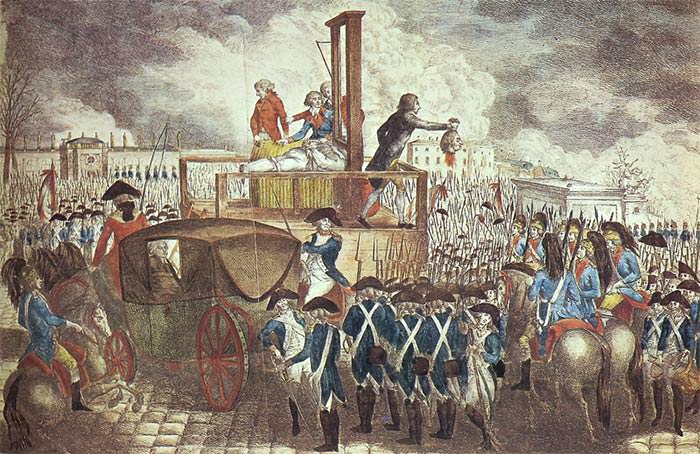
#2 COMMITTEE OF PUBLIC SAFETY WAS THE DE FACTO EXECUTIVE ORGAN
In March 1793, the National Convention created the Committee of Public Safety whose role was to protect the newly established republic against foreign attacks and internal rebellion. After the fall of the moderate Girondins, the committee was restructured and prominent leaders of the radical Jacobins were added to it. Consisting of twelve members with the most prominent being Maximilien Robespierre, Committee of Public Safety was the de facto executive government in France during the Reign of Terror.
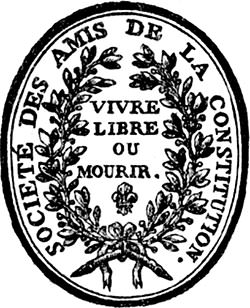
#3 IT BEGAN ON SEPTEMBER 5, 1793
On September 5, the people of Paris, frustrated by the lack of measures to materialize the promises of the French Revolution, encircled the National Convention and demanded the setting up of an internal revolutionary army to counter enemies of the revolution. This led to the convention institutionalizing The Terror: systematic and lethal repression of perceived enemies within the country. September 5, 1793 is considered the beginning of the Reign of Terror.
#4 LAW OF SUSPECTS WAS PASSED TO ARREST THE LIKELY ENEMIES OF THE REVOLUTION
Post September 5 more legislation was enacted by the convention which was under control of the Committee of Public Safety. Revolutionary armies were established, farmers were forced to surrender grain demanded by the government, prices were fixed for essential goods, wages were fixed and Law of Suspects was passed. Law of Suspects was a decree which authorized the charging of counter-revolutionaries with vaguely defined “crimes against liberty”.
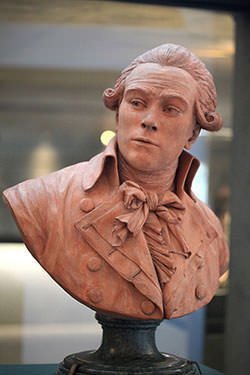
#5 AN ESTIMATED 40,000 PEOPLE WERE KILLED
During the Reign of Terror which lasted for more than 10 months from 5 September 1793 to 28 July 1794, an estimated 500,000 suspects were arrested, 17,000 were officially executed and 25,000 died in summary executions, i.e. without benefit of a full and fair trial. Hence the death toll during the Reign of Terror across France was about 40,000. People died for their political opinions and actions, for being merely suspected of being against the revolution or because some others had a stake in getting rid of them.
#6 GUILLOTINE BECAME KNOWN AS “THE NATIONAL RAZOR”
Invented by Antoine Louis, guillotine is a device to carry out executions by beheading. It consists of tall upright frame with a heavy blade which is dropped to sever the head of the victim. The device takes its name from Joseph-Ignace Guillotin, a French physician on whose suggestion it was introduced. Guillotine became associated with the Reign of Terror and was known as “Madame Guillotine” or “The National Razor”. During the Reign of Terror, 16,594 people were executed by the guillotine with 2,639 executions in Paris alone.

#7 AMONG THE PEOPLE WHO WERE GUILLOTINED WAS QUEEN OF FRANCE
The prominent people who were guillotined during the Reign of Terror include Marie Antoinette, Queen of France; Georges Danton, leading figure in the early French Revolution, moderate Jacobin and first President of the Committee of Public Safety; Jacques Pierre Brissot and Madame Roland, prominent members of the political group The Gironde, among the many Girondins who were executed; and Antoine Lavoisier, chemist central to 18th-century Chemical Revolution and considered “Father of Modern Chemistry” by some.

#8 MAXIMILIEN ROBESPIERRE WAS THE MOST PROMINENT FIGURE DURING THE TERROR
Maximilien Robespierre became the face of the Reign of Terror perhaps due to his oratory skills. Influenced by the ideas of Jean-Jacques Rousseau, Robespierre was an egalitarian and was nicknamed The Incorruptible. He remains a controversial figure with some viewing him as dictatorial and fanatical while others saying that his role in the Reign of Terror was exaggerated to make him a scapegoat. While almost no monuments are dedicated to him in France, he found ample praise in the Soviet Union after the October Revolution in 1917.
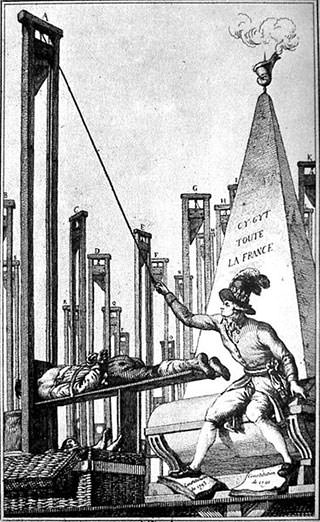
#9 REIGN OF TERROR ENDED WITH THE EXECUTION OF ROBESPIERRE
By mid- 1794 Maximilien Robespierre had become a target of conspiracies due to his views but mostly because the members feared that they could be guillotined next. When he gave a speech demanding another purge of deputies, the fearful deputies plotted against him. The next day, July 27, 1794, Robespierre came under verbal attack at the National Convention and an order was made to arrest Robespierre and his followers. The following day he was executed with 21 of his closest associates bringing an end to the Reign of Terror.
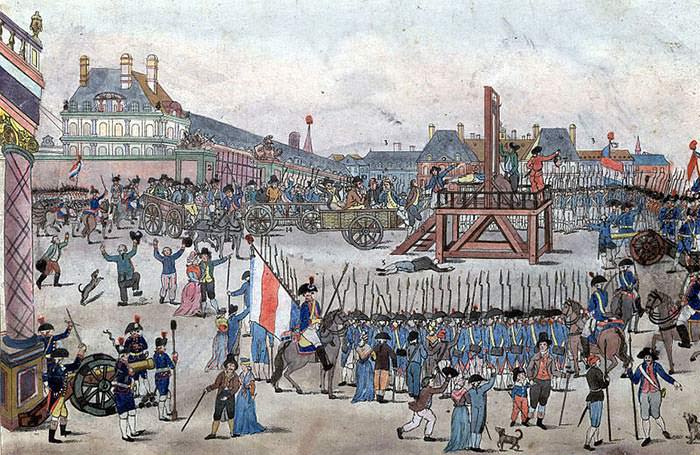
#10 REIGN OF TERROR WAS FOLLOWED BY THE THERMIDORIAN REACTION
Revolt against Robespierre and the period that followed is known as the Thermidorian Reaction due to the date according to the French Revolutionary Calendar when Robespierre was overthrown, 9 Thermidor Year II (27 July 1794). Powers of the Committee for Public Safety were neutralized and the first White Terror started in which many Jacobins were attacked and often murdered. Accomplishments of the French Revolution were undone like fixed pricing was removed leading to rampant inflation due to which the poor suffered.


thank you, it was very helpful
Happy to help